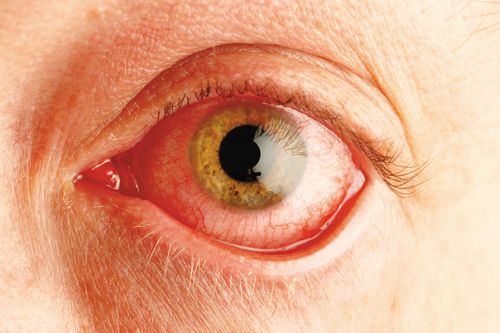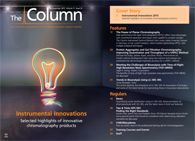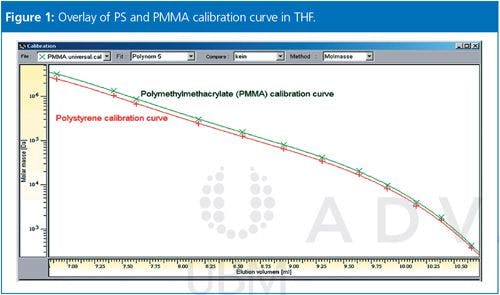Quantifying Ocular Besifloxacin with LC–MS–MS
A new liquid chromatography tandem mass spectrometry (LC-MS-MS) method has been developed to study besifloxacin, which is used to treat bacterial conjunctivitis.
Photo Credit: Lew Robertson/Getty Images

A new liquid chromatography tandem mass spectrometry (LC-MS-MS) method has been developed to study besifloxacin, which is used to treat bacterial conjunctivitis.1 Besifloxacin, along with other fluoroquinolones, is used to treat a wide range of ocular infections. However, the overuse of the fluoroquinolone class of antibiotics puts them at high risk of bacteria developing resistance to them.
Besifloxacin, developed specifically for ophthalmic use, displays potent efficiency against a wide range of Gram-positive and Gram-negative ocular pathogens, including multi-resistant strains. This complex mode of action and rapid distribution within ocular tissues theoretically reduces the risk of resistance making besifloxacin important pharmaceutically.
Two chromatographic methods were previously developed to study besifloxacin; however, both the chiral high performance liquid chromatography (HPLC) and HPLC with UV detection methods were insufficient according to the Chinese authors and did not meet the desired sensitivity, speed, and throughput in bio-sample analysis.
The new method developed for quantification of besifloxacin in ocular and plasma tissues used LC-MS-MS to reach the desired analytical requirements.
Tissues were obtained from rabbits and analyzed using this new method. The lower limit of quantification for besioflaxin was 0.103 ng/mL for plasma and 2.06 ng/mL for other ocular tissues with good accuracy, precision, and a short run time of 3.0 min. This was across single and multiple topical applications.
According to the authors, this method was rapid and reproducible and therefore suitable for the pharmacokinetic study of besifloxacin. - L.B.
References
1. X.F Gu et al., J. Pharm. Biom. Anal. 117, 37-46 (2016).

New Study Reviews Chromatography Methods for Flavonoid Analysis
April 21st 2025Flavonoids are widely used metabolites that carry out various functions in different industries, such as food and cosmetics. Detecting, separating, and quantifying them in fruit species can be a complicated process.
Quantifying Terpenes in Hydrodistilled Cannabis sativa Essential Oil with GC-MS
April 21st 2025A recent study conducted at the University of Georgia, (Athens, Georgia) presented a validated method for quantifying 18 terpenes in Cannabis sativa essential oil, extracted via hydrodistillation. The method, utilizing gas chromatography–mass spectrometry (GC–MS) with selected ion monitoring (SIM), includes using internal standards (n-tridecane and octadecane) for accurate analysis, with key validation parameters—such as specificity, accuracy, precision, and detection limits—thoroughly assessed. LCGC International spoke to Noelle Joy of the University of Georgia, corresponding author of this paper discussing the method, about its creation and benefits it offers the analytical community.












